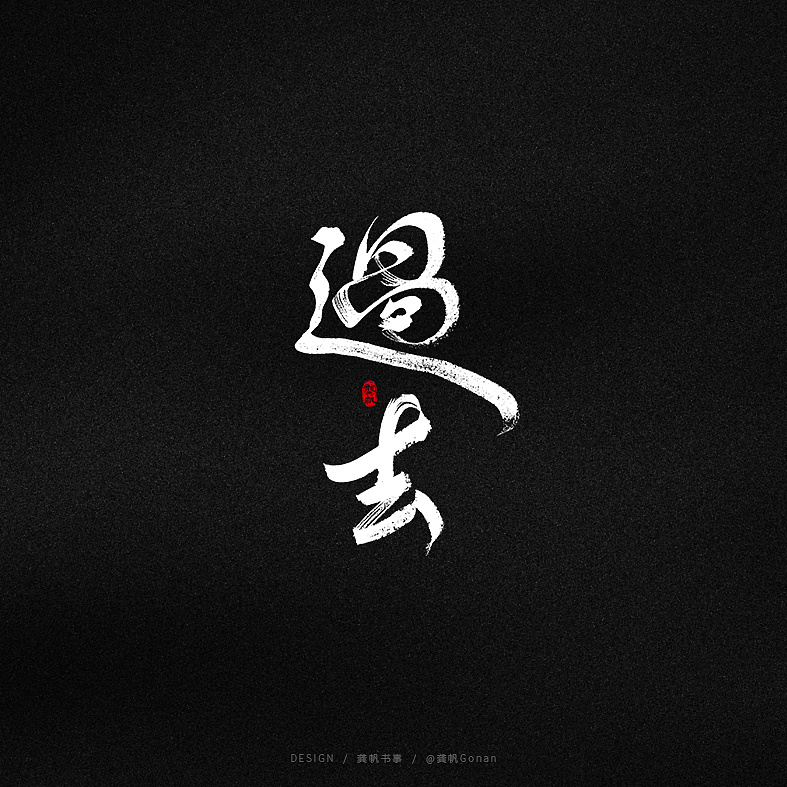


Lyn Jeffery is a cultural anthropologist and researcher at the Institute for the Future, a nonprofit group in Palo Alto, California. She is particularly interested in youth subcultures, cultural translation & syncretism, and user reappropriations of technology. He believes technology and information design can reveal some of what what wonkdom can’t.Ĭhristina Xu is an observer and organizer of communities, both online and off. Graham Webster is a Beijing-based writer and analyst working at the intersection of politics, history, and information technology in China and East Asia. She uses technology to build and empower communities through design and artistic expression. He is currently a senior design researcher at IDEO.Īn Xiao Mina is a design strategist, new media artist and digital community builder in the Pearl River Delta. Hanyi Senty Candy () is a cute and casual Chinese font that resembles the writing styles of the young. (simplified + traditional) Hanyi Senty Candy. Jin does sociological research and produces multi-media content on the subjects of Internet subcultures and grass-root organizations in China. Each letter has high contrast between thick and thin strokes, and with unique design feature like pointy end. Jin Ge aka Jingle is a writer, documentary filmmaker, and NGO organizer based in Shanghai. Her ethnographic research follows youth and migrants as they process information and desire, remaking cities and rural areas. Tricia Wang observes how technology makes us human. Once upon a time, he studied engineering and ran a news site about fan translations of video games. Jason Li is an independent designer, artist and educator.
#CHINESE FONTS DESIGN FULL#
A Taiwanese crowdfunding campaign to create a new font for Taiwan exceeded its goal by 1629%.įor more information, read the full article on Quartz. (Of course, whether you should have webfonts in the first place is debatable.)īut as Nikhil reports, the demand is there. Not to mention the fact that Chinese webfonts are too big to be downloaded on the fly – cloud-based systems have to scan an article beforehand to figure out which glyphs to deliver. Instead a collaborative team has to start with this fuzzy notion and then settle on a uniform design. The difference is that, because of the vast amount of work involved, a Chinese typeface cannot be created by a single designer with a singular vision, as is often the case for Latin scripts. For a single Chinese font it takes a team of several designers at least two years. For traditional Chinese, used in Taiwan and Hong Kong, the number of glyphs is 13,053.Īn experienced designer, working alone, can in under six months create a new font that covers dozens of Western languages. The simplified version of Chinese, used primarily in mainland China, requires nearly 7,000 glyphs.

#CHINESE FONTS DESIGN PLUS#
A font that covers all of the Latin scripts-that’s over 100 languages plus extra symbols-contains 840 glyphs, according to Březina. The default set for English-language fonts contains about 230 glyphs. Much of the article describes the lengths designers must go to in order to create Chinese font: Nikhil Sonnad has penned a great primer on Chinese fonts on Quartz called The long, incredibly tortuous, and fascinating process of creating a Chinese font.


 0 kommentar(er)
0 kommentar(er)
